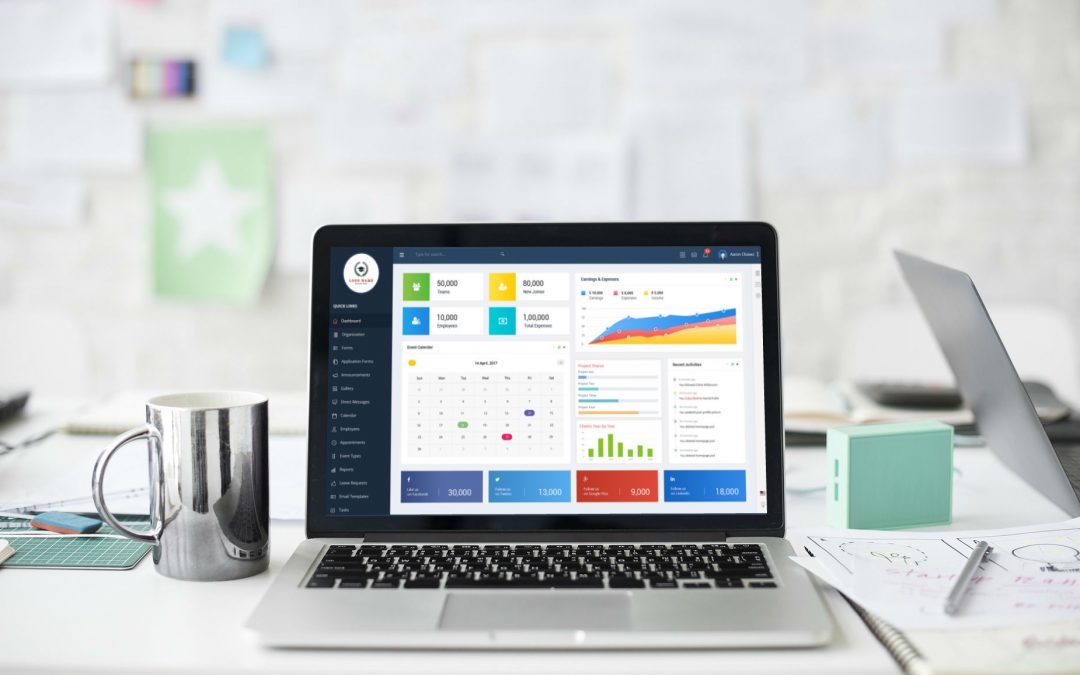Workforce Management Solution (WMS) is an integrated set of processes that a company uses to optimize the productivity of its employees. WMS involves effectively forecasting labor requirements and creating and managing staff schedules to accomplish a task on a day-to-day and hour-to-hour basis.
Importance of workforce management
WMS systems allows organizations to achieve insights into such business metrics as the actual range of workers required to complete a specific job at a given time of the day, week or month. It additionally helps track employees’ daily performance.
For example, in a contact center, WMS helps maximize the employee by prediction the quantity of transactions — calls, messages or emails — and planning the correct number of agents with the right skills at the proper time to handle the expected volume of transactions.
A comprehensive workforce management system encompasses a range of activities within the broader framework of human resource management (HRM), such as:
- forecasting and budgeting;
- staff scheduling;
- time and attendance;
- employee performance management;
- compliance;
- payroll and benefits administration; and
- vacation and leave planning.
The potential benefits of using a WMS system include improved employee efficiency, better labor planning, lower operational cost, efficient time and attendance tracking, and better customer service.
Owing to these benefits, organizations in sectors that involve highly time-sensitive tasks and that pay employees on an hourly basis are increasingly using workforce management software to augment their overall business productivity. Such sectors include retail, insurance, banking, healthcare, distribution and transportation.
Workforce management software
Typically, companies use WMS software — a mobile or desktop program that helps with workers planning — either as a part of an integrated HRMS suite or as a complete program.
Workforce management computer code is usually integrated with third-party time unit applications and with core time unit systems that function central repositories for force knowledge. WMS software also offers self-service options that enable employees to request days off or to check paid time off balances without having to ask the HR department.
It is important to note that WMS is not a new concept. Workforce management processes are automated by companies before a long time. However, the concept has evolved significantly over the years, and it is now used in tech-savvy organizations and HR departments to monitor and improve labor effectiveness and efficiency.
